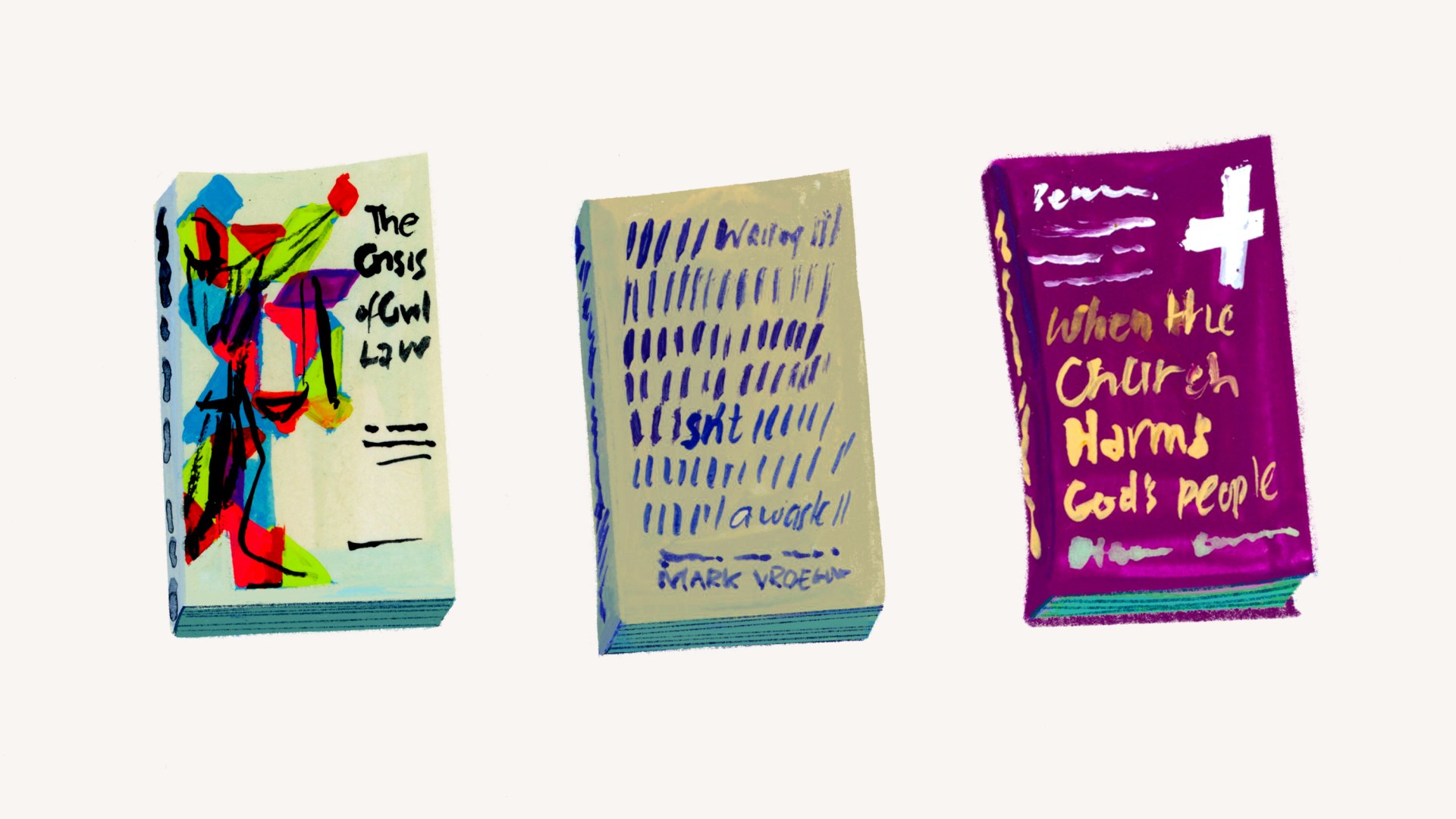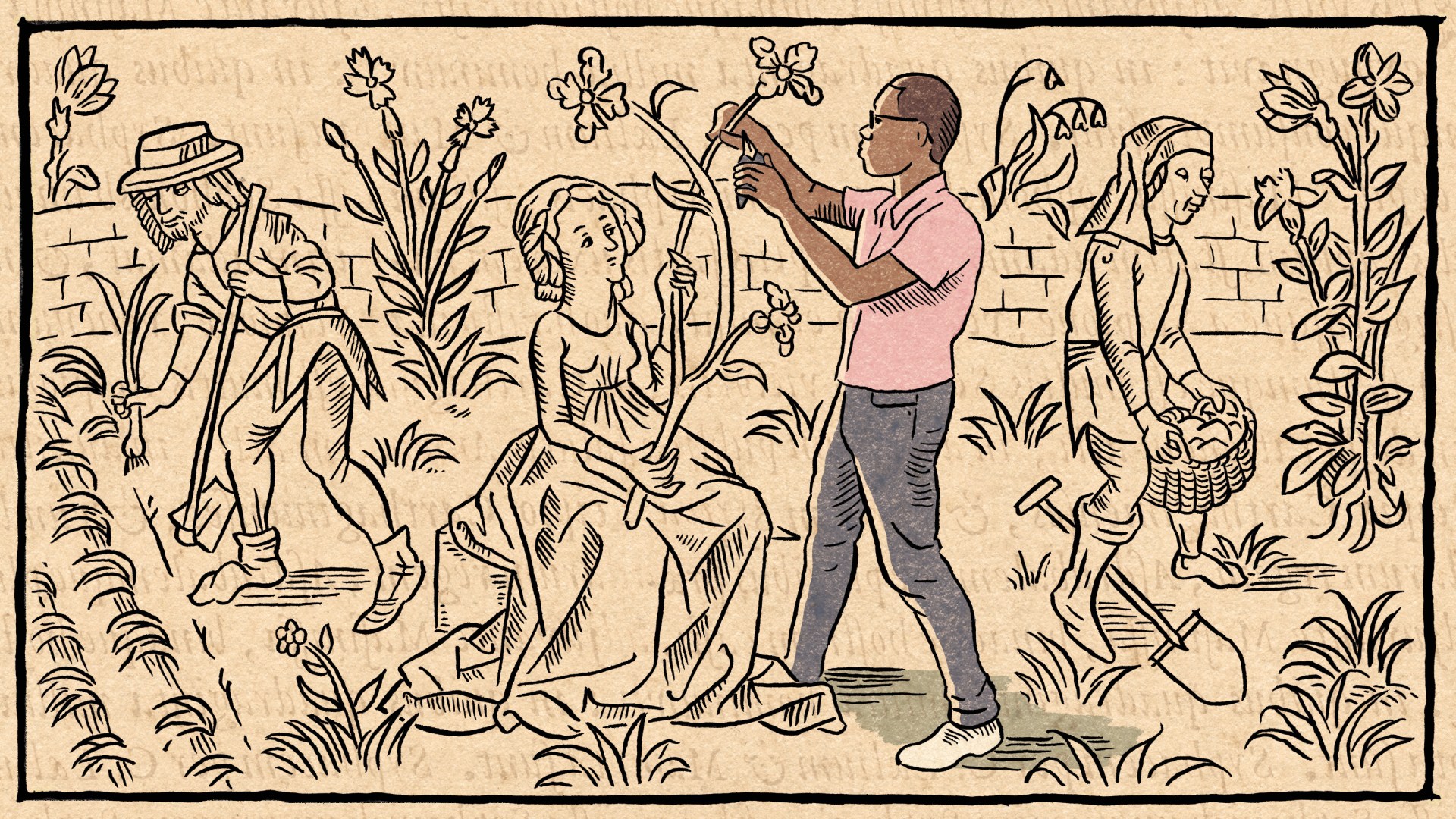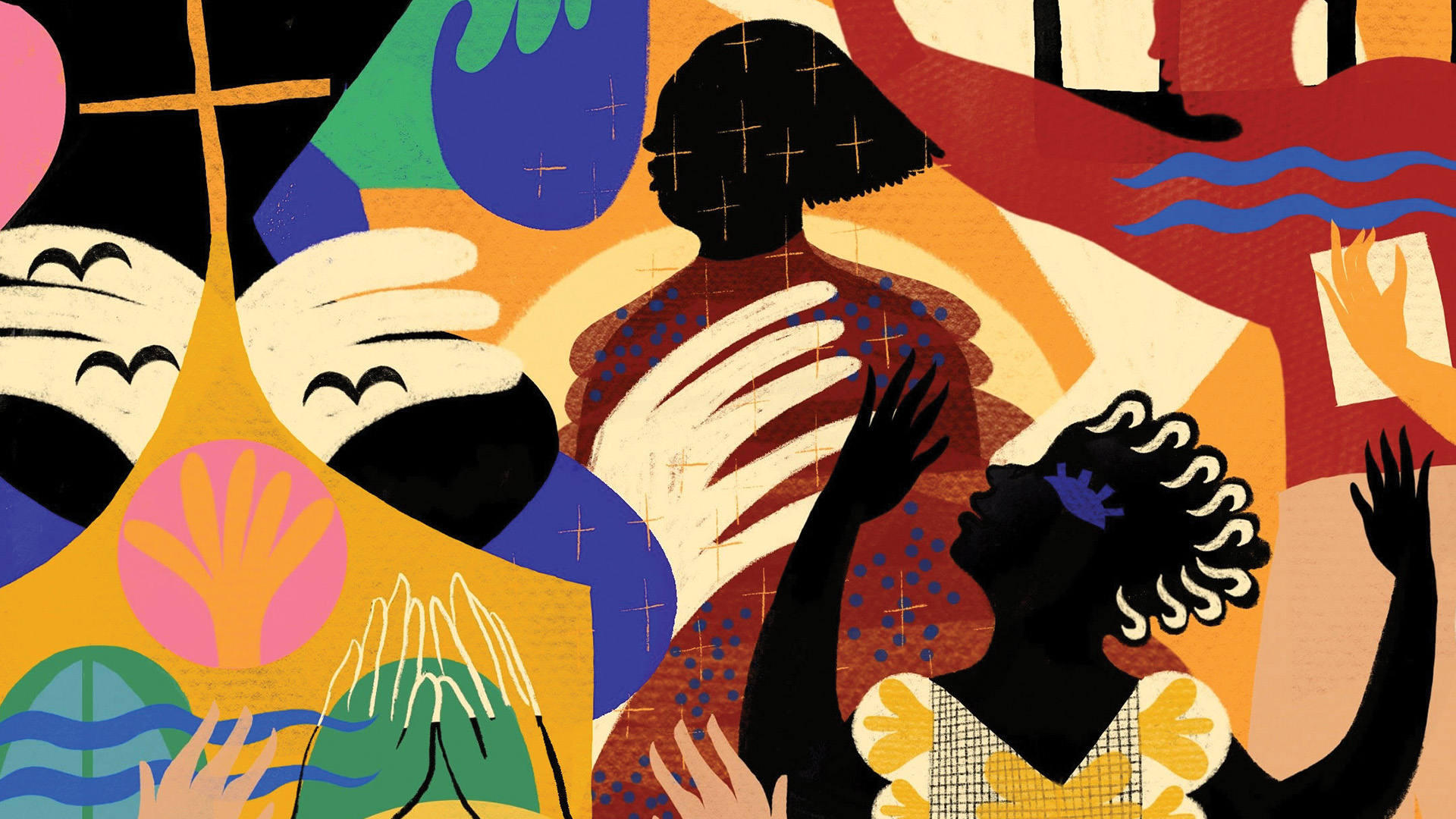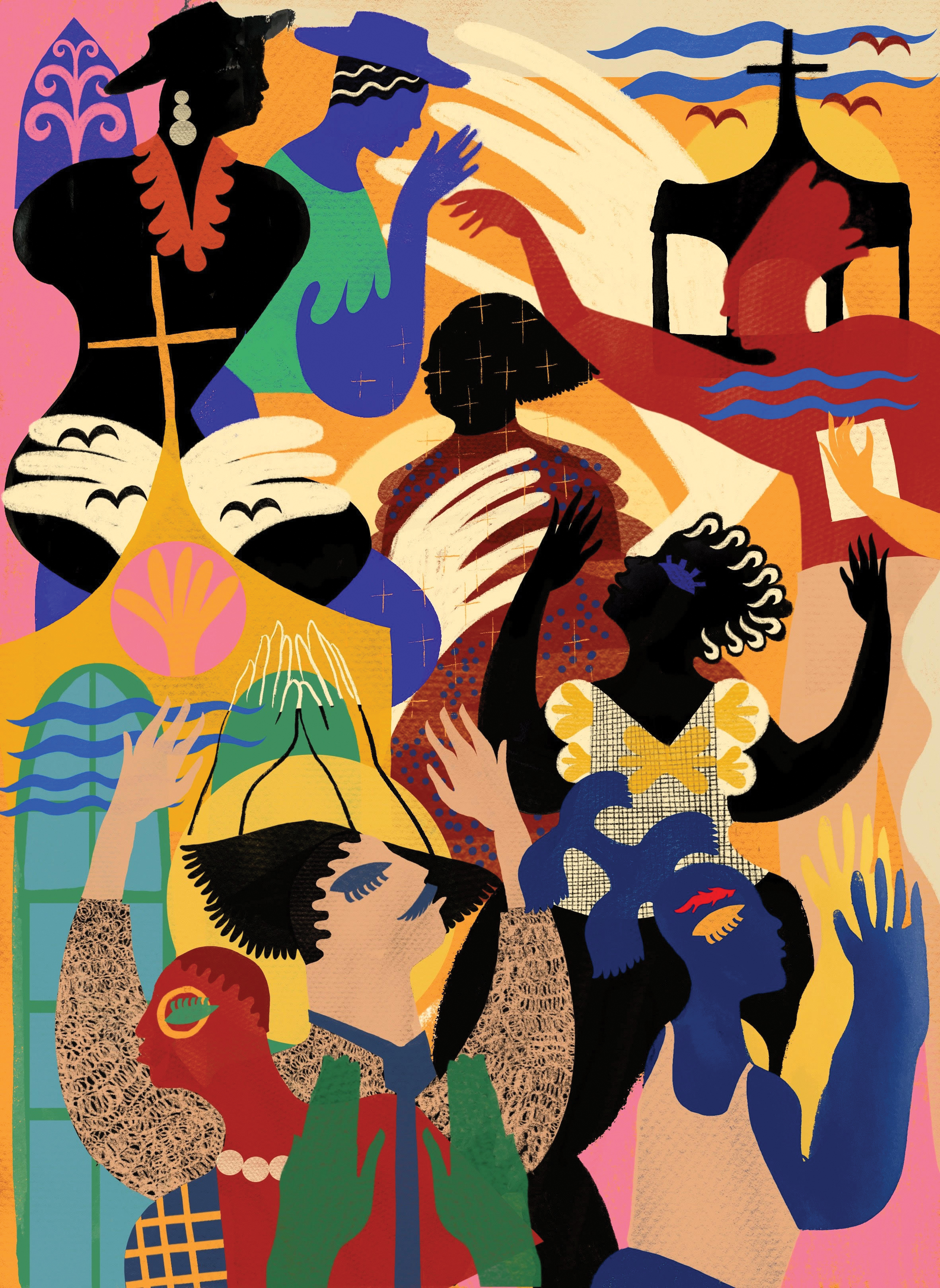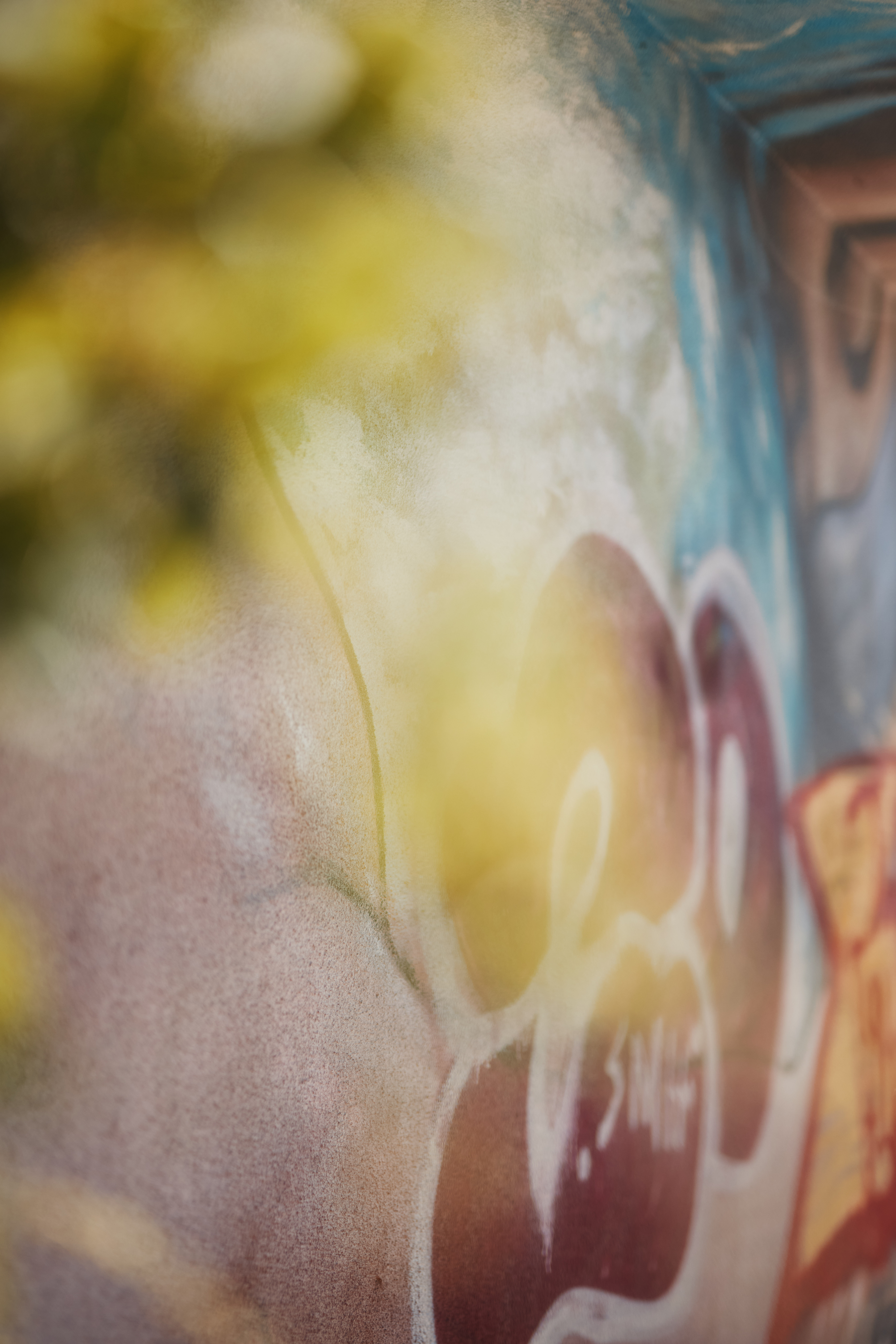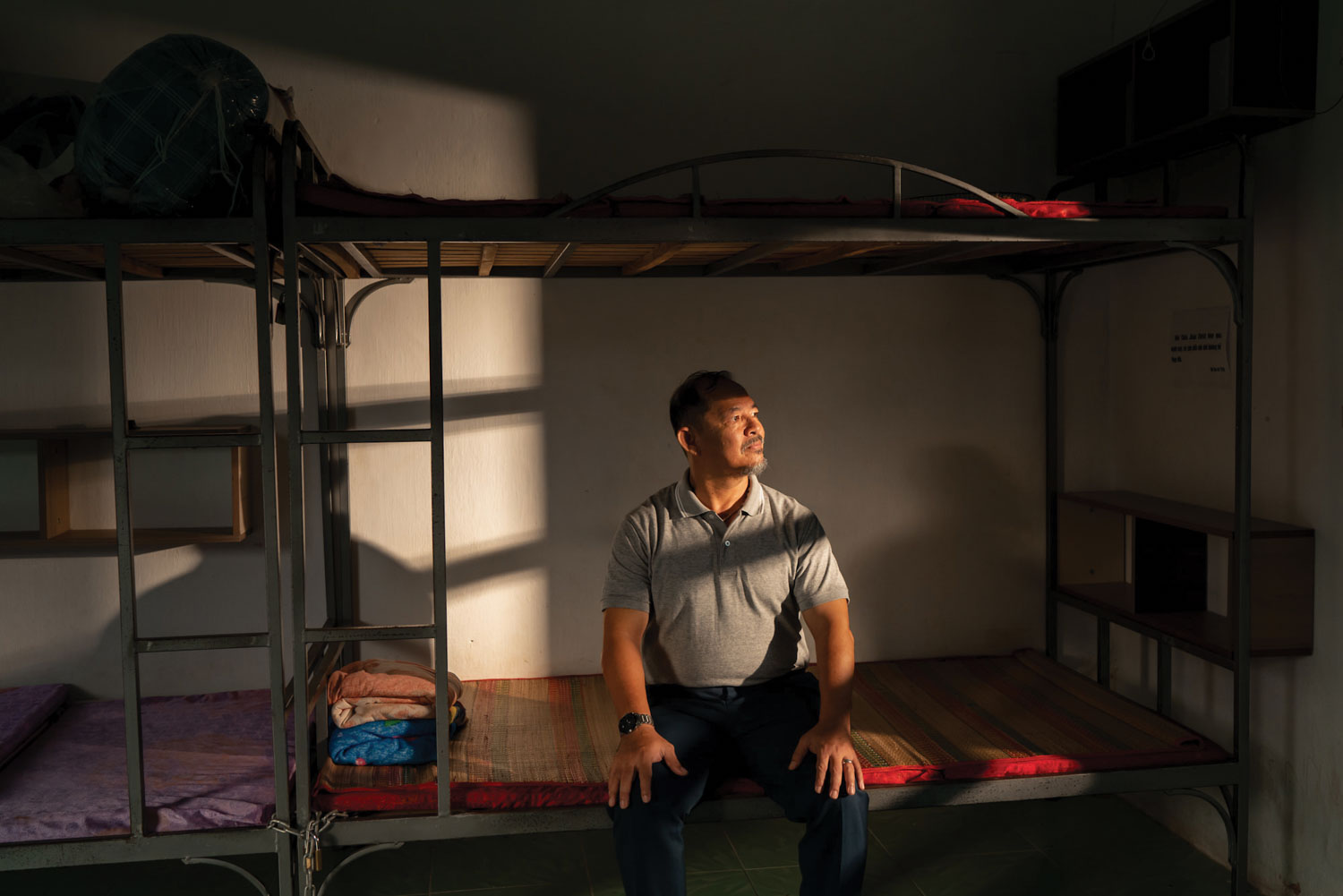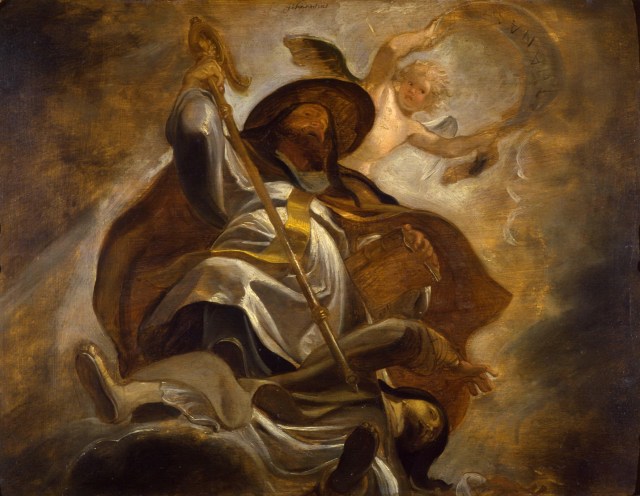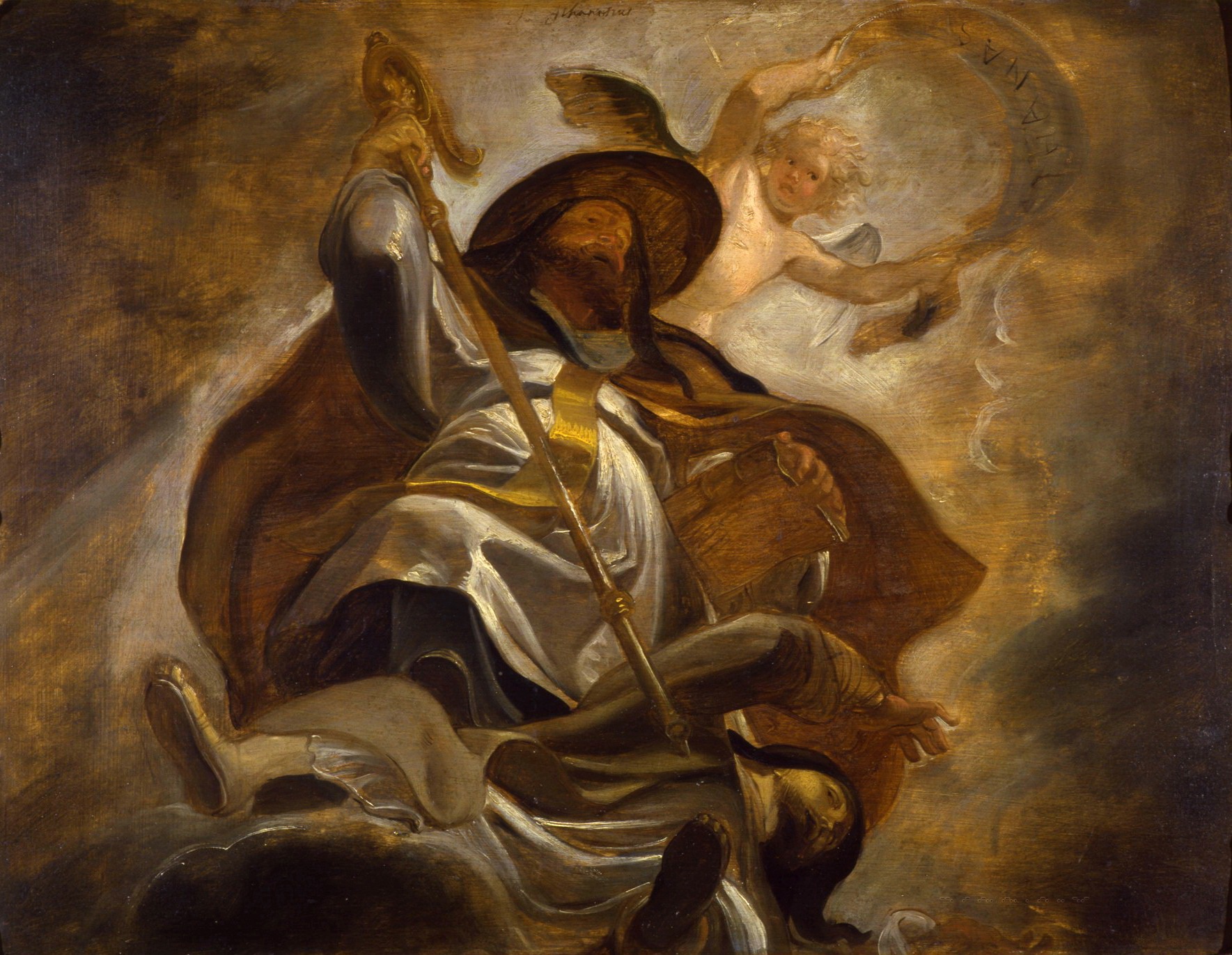The Crisis of Civil Law: What the Bible Teaches about Law and What It Means Today
Benjamin B. Saunders (Lexham Press)
Across the Western world, the concept of law is highly contested. What makes the law worthy of respect? How do we apply it without corruption or favoritism? Christians, whose own divisions on law and politics often mirror those in surrounding society, approach these questions with added burdens, argues Australian law professor Benjamin B. Saunders. They know, for instance, that secular laws can conflict with Christian morality or, in extreme cases, be wielded as tools of persecution. Moreover, they know they answer to a higher law. In The Crisis of Civil Law, Saunders clarifies the thorny relationship between rival decrees of God and earthly governments.
Waiting Isn’t a Waste: The Surprising Comfort of Trusting God in the Uncertainties of Life
Mark Vroegop (Crossway)
Some forms of waiting look like nothing more than minor inconveniences: a jammed-up highway, for instance, or a slow-moving checkout lane. Other forms are weightier, such as extended seasons of sorrow, pain, relational rupture, or existential despair. In all these cases, waiting can test our patience and steal our joy. In his book Waiting Isn’t a Waste, pastor and author Mark Vroegop asks how we can experience life’s numerous “gaps” as occasions for trusting in God’s fatherly care rather than marinating in frustration or futility. As he affirms, “Waiting on God is living on what I know to be true about God when I don’t know what’s true about my life.”
When the Church Harms God’s People: Becoming Faith Communities That Resist Abuse, Pursue Truth, and Care for the Wounded
Diane Langberg (Brazos Press)
As a psychologist, Diane Langberg has done extensive counseling with trauma survivors, many of whom suffered under abusive church leaders. In her latest book, When the Church Harms God’s People, Langberg distills lessons from her long career, examining why churches promote and protect predatory figures. She also explores how local congregations can reform their cultures to better ensure safe, flourishing flocks. Writing of her love for the church, Langberg notes that God “has entrusted his lambs to shepherds who would guard them well… The church is to be a place where sheep can safely graze. To fail the sheep is to fail our Lord.”

